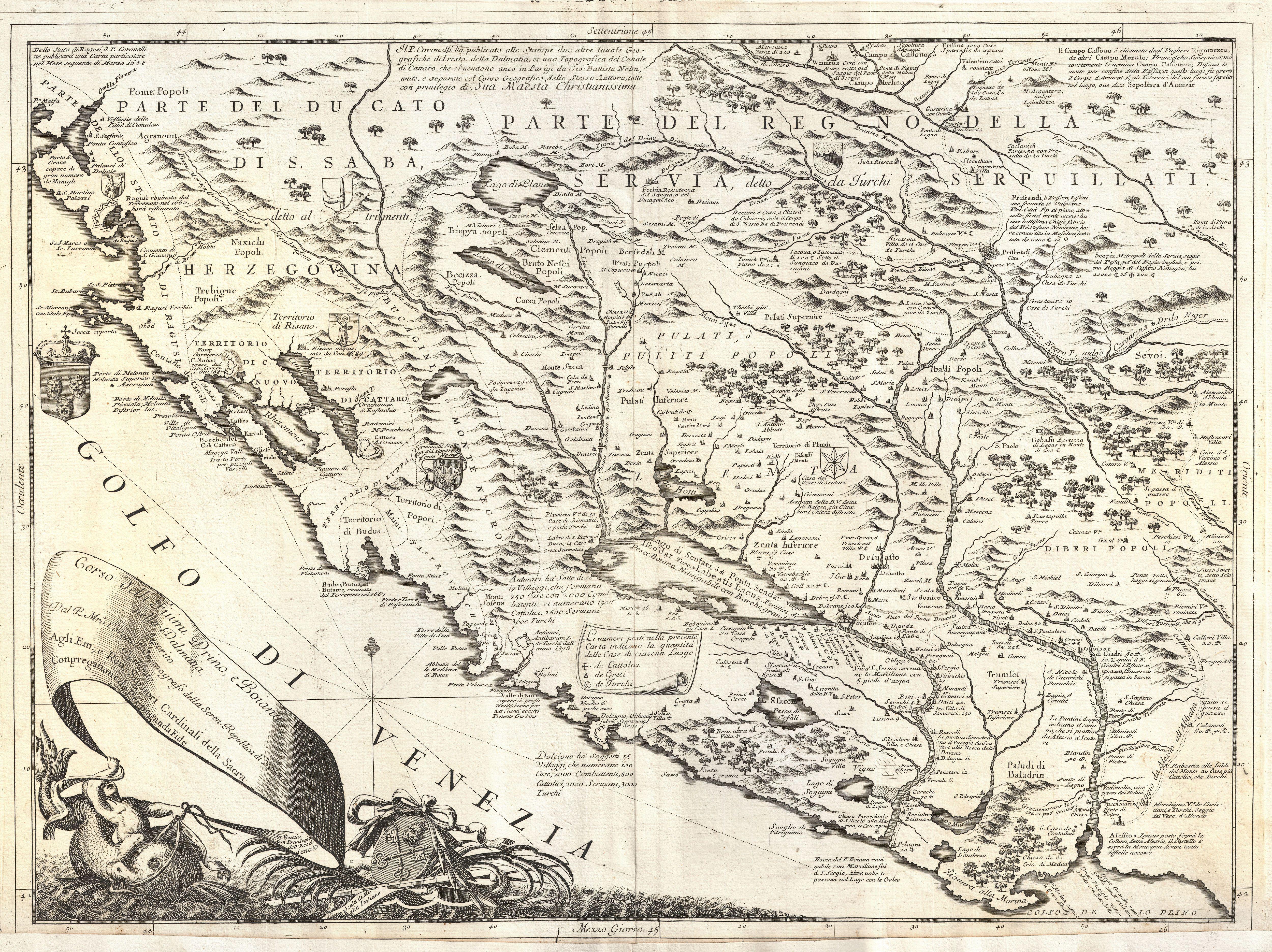Old Montenegro on:
[Wikipedia]
[Google]
[Amazon]



 Old Montenegro ( sr, Стара Црна Гора, Stara Crna Gora), also known as Montenegro proper ( sr, Права Црна Гора, Prava Crna Gora), or True Montenegro ( sr, Истинска Црна Гора, Istinska Crna Gora), is a term used for the embryonic part of modern
Old Montenegro ( sr, Стара Црна Гора, Stara Crna Gora), also known as Montenegro proper ( sr, Права Црна Гора, Prava Crna Gora), or True Montenegro ( sr, Истинска Црна Гора, Istinska Crna Gora), is a term used for the embryonic part of modern


 Old Montenegro ( sr, Стара Црна Гора, Stara Crna Gora), also known as Montenegro proper ( sr, Права Црна Гора, Prava Crna Gora), or True Montenegro ( sr, Истинска Црна Гора, Istinska Crna Gora), is a term used for the embryonic part of modern
Old Montenegro ( sr, Стара Црна Гора, Stara Crna Gora), also known as Montenegro proper ( sr, Права Црна Гора, Prava Crna Gora), or True Montenegro ( sr, Истинска Црна Гора, Istinska Crna Gora), is a term used for the embryonic part of modern Montenegro
)
, image_map = Europe-Montenegro.svg
, map_caption =
, image_map2 =
, capital = Podgorica
, coordinates =
, largest_city = capital
, official_languages = ...
. In historical context, the term designates the original territory of the Principality of Montenegro, before the territorial expansion, ratified by the Congress of Berlin
The Congress of Berlin (13 June – 13 July 1878) was a diplomatic conference to reorganise the states in the Balkan Peninsula after the Russo-Turkish War of 1877–78, which had been won by Russia against the Ottoman Empire. Represented at th ...
in 1878, or even more precisely - the territory of the Prince-Bishopric of Montenegro
The Prince-Bishopric of Montenegro ( sr, Митрополство Црногорско, Mitropolstvo Crnogorsko) was an ecclesiastical principality that existed from 1516 until 1852. The principality was located around modern-day Montenegro. It ...
prior to its unification with the region of Brda in the first half of the 19th century.
During the Ottoman period
The Ottoman Empire, * ; is an archaic version. The definite article forms and were synonymous * and el, Оθωμανική Αυτοκρατορία, Othōmanikē Avtokratoria, label=none * info page on book at Martin Luther University) ...
, from the 16th up to the 18th century, the original (proper) Montenegro was made up of the ''Montenegrin tribes'' ( sr, црногорска племена), traditionally divided into four territorial units, or '' nahije'': Katun
Katun may refer to:
Places
* Katun (river), a tributary of the Ob in Siberia, Russia
* Katun Mountains or Katun Alps, a mountain range in Russia, part of the Altai Mountains
* Katun (Vranje), a village in Vranje Municipality, Serbia
* Katun ( ...
, Rijeka
Rijeka ( , , ; also known as Fiume hu, Fiume, it, Fiume ; local Chakavian: ''Reka''; german: Sankt Veit am Flaum; sl, Reka) is the principal seaport and the third-largest city in Croatia (after Zagreb and Split). It is located in Prim ...
, Lješanska nahija
Lješanska nahija ( sr-cyr, Љешанска нахија) is a historical region in eastern Montenegro. It was a ''nahija'' (sub-district) of the Ottoman Empire. In the administration of the Principality of Montenegro, the nahija was part of Old M ...
and Crmnica
Crmnica ( Serbian and Montenegrin: Црмница, ) is a historical region in southern Montenegro, one of the communes of the municipality of Bar. It is one of the four sub-regions of Old Montenegro.
Geography & Demographics
Crmnica is located ...
. Their inhabitants were known under the regional demonym
A demonym (; ) or gentilic () is a word that identifies a group of people (inhabitants, residents, natives) in relation to a particular place. Demonyms are usually derived from the name of the place (hamlet, village, town, city, region, province, ...
''Montenegrins'' ( sr, Црногорци), as opposed to the inhabitants of neighboring regions ('' Brđani'', '' Hercegovci'' and '' Primorci''). Since the end of the 18th century, Montenegro started to expand, incorporating the region of Brda in the first half of the 19th century, the region of Old Herzegovina
Old Herzegovina ( sr, Стара Херцеговина, Stara Hercegovina) is a historical region, covering the eastern parts of historical Herzegovina, outside the scope of modern Herzegovina. A large section of ''Old Herzegovina'' belongs to ...
and part of Primorje in 1878, and finally upper and central Polimlje
The Lim (Serbian Cyrillic: Лим, ) is a river that flows through Montenegro, Serbia and Bosnia and Herzegovina and is long.
and northern Metohija
Metohija ( sr-Cyrl, Метохија, ) or Dukagjin ( sq, Rrafshi i Dukagjinit, ) is a large basin and the name of the region covering the southwestern part of Kosovo. The region covers 35% (3,891 km2) of Kosovo's total area. According ...
in 1912.
Tribes
Tribes, divided by ''nahija''. historically, there are four nahijas in the Old Montenegro region, further divided by local tribes (clans);See also
Anthropology
A number of toponyms and names of clans in Old Montenegro are originally derived from Albanian onomastics, such as Gjin, Gjon, Progon, Lesh, Mal and others, with some of them being: ''Đinov Do'' village in Cuce, ''Đinovo Brdo'' in Cetinje, ''Đinova Glavica'' in Pješivci, the village of ''Đinovići'' in Kosijeri, the ''Đonovići'' brotherhood in Brčeli of Crmnica, ''Lješanska nahija'', along with its villages ''Liješnje'', ''Štitari'', ''Goljemadi'' and ''Progonovići'', the village of ''Lješev Stup'' and the toponym ''Malošin do'' in Bjelice, the village of ''Arbanas'' in Ceklin.References
Sources
* * * * * * * * * * * * * * * L'examen des dialectes du Vieux Monténegro (Stara Crna Gora) en tenant compte des parles voisins, Bulletin international de l' Académie polonaise des sciences et des letters N 1—3 (janvier-mars), 1–13, Cracovie 1932. Regions of Montenegro Prince-Bishopric of Montenegro Principality of MontenegroMontenegro
)
, image_map = Europe-Montenegro.svg
, map_caption =
, image_map2 =
, capital = Podgorica
, coordinates =
, largest_city = capital
, official_languages = ...
{{montenegro-geo-stub